Written by Lorrie Reynolds
Categories
What’s in a Name?
One of the most frequent questions I get is about verbal cues. “What’s the verbal cue?” is something that every beginning student asks. My answer is always the same – name the behavior (or obstacle) whatever makes sense to you that you can remember…and doesn’t sound to similar to any other cue.
When I first started agility training, I made the mistake of following the conventions on verbal cues. I ended up with a whole bunch of “T” words – table, tire, tunnel, teeter, etc. Although they were perfectly descriptive and easy to remember, it was also easy to spit out the wrong cue in the heat of the moment.
I made a similar mistake on my verbal cues for tricks. “Down” and “bow” sound very similar to a dog. When you are asking your dog to perform behaviors with just a verbal cue, and at a distance, it’s difficult to blame her for mixing the two up.
Keeping Cues Separate and Distinct for Clarity
I highly recommend keeping a written (or typed) master list of all of the cues your dog knows. Not only will it help you ensure that you don’t have two that sound the same, it will also help you come up with new cues that are different from the ones you currently use. I maintain a list that has three columns – Verbal Cue, Behavior Description, and Fluency. The fluency column has three checkboxes so I can check them off it is a cue I have just started training, one that I am currently working toward proficiency on, or one that my dog knows well.
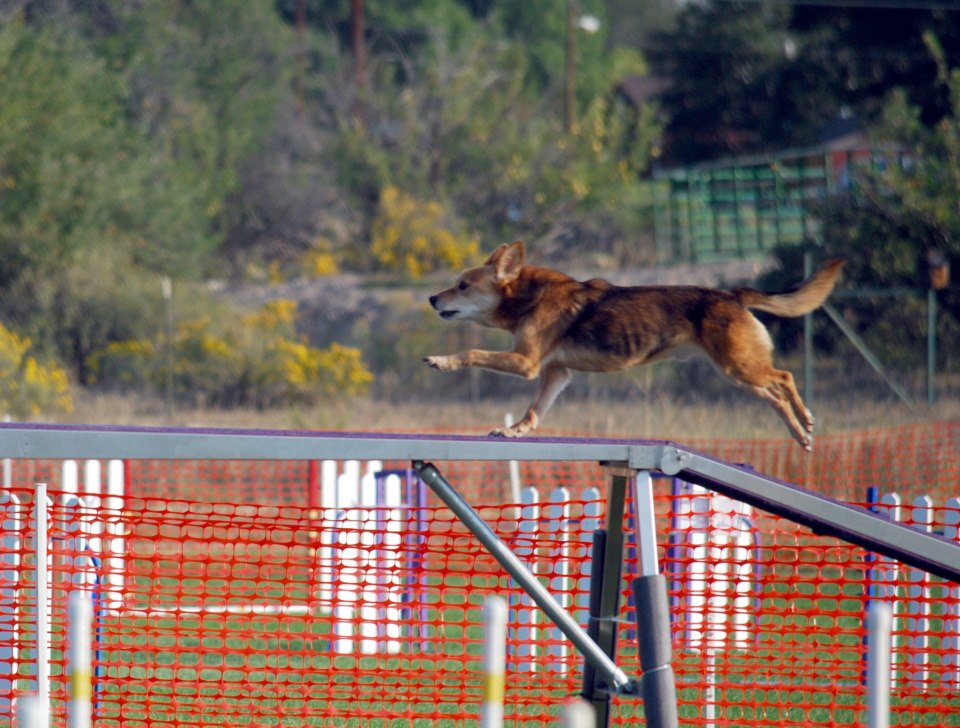
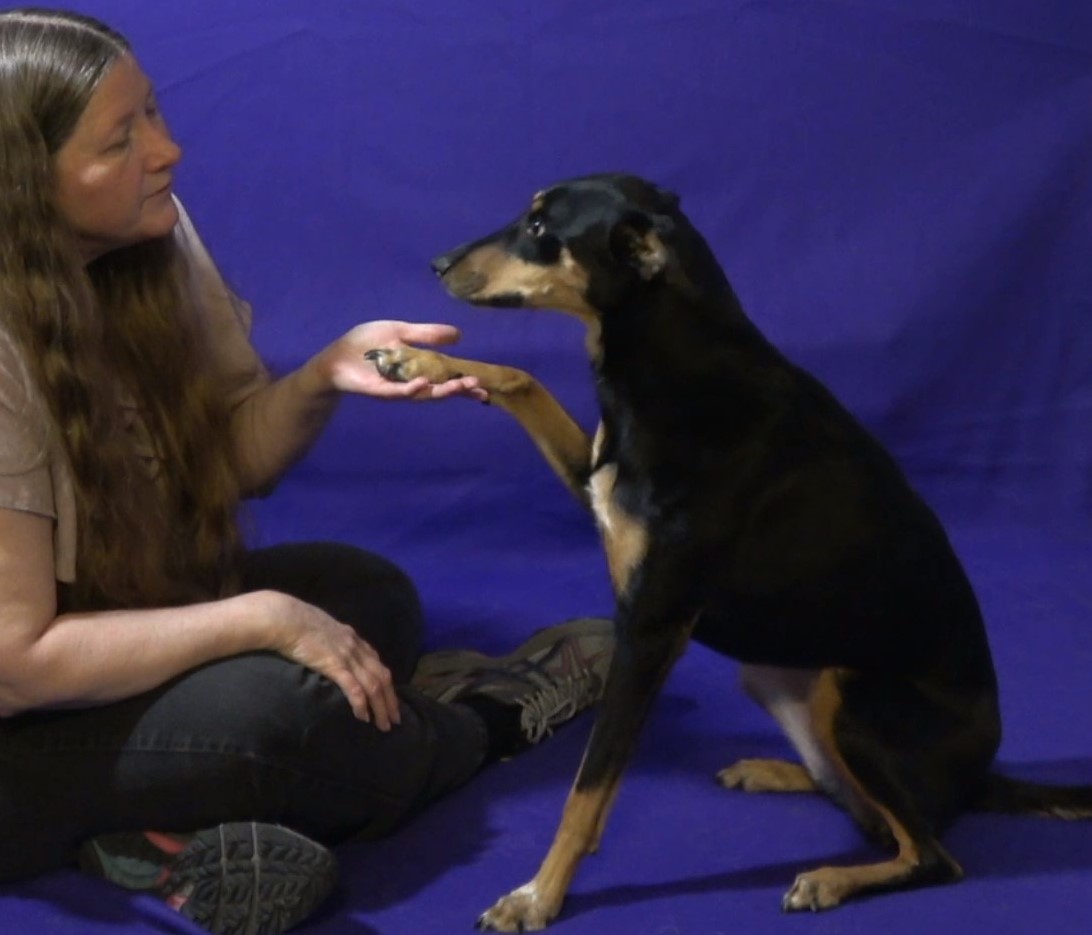
Using Your List as a Training Reference for Planning
Once you have a list of all of your dog’s current cues, it becomes a great reference for planning your training sessions. If your dog knows a lot of tricks, for example, you may see one that you haven’t worked on in a while. Seeing the cue can remind you to go through a few repetitions during your next training session.
The list can also help you quickly scan to see which cues you need more work on, and which ones your dog knows fluently and might just need a quick review of. You can also take the list a step further as a planning tool. Use it to create index cards, popsicle sticks, etc. that each have a behavior listed on them. When you need inspiration for training, randomly pick a few cards or sticks and use them to base your session on. If you’d like to go the more organized route, separate your index cards into groups (tricks, agility, manners, and so forth), and choose cards from the group you want to work on, then rotate those cards to the back of the stack.
Recognizing Your Accomplishments in Dog Training
Looking at your list of cues can put your training into perspective. On days when training wasn’t going so well, I looked at the list of Maxx’s cues so I could remind myself of how far we had come. If you have trained even the basics to have a dog that you can live with, your list of cues is probably longer than you think and can provide you with inspiration to continue when you are feeling discouraged.
Today’s Tip
Keep a written or typed list of your cues for behaviors and/or obstacles. It will help you create distinct verbal cues for clarity, give you quick ideas for your training session planning, and help you remember how much you and your dog have accomplished.
You Might Also Like…
Five Ways to Crush It at Your Next Dog Agility Seminar
Going to a dog agility training seminar? Check out these five tips to maximize your return on investment!
Read This Before Deciding on Your Agility Dog’s Contact Performance
Which contact performance, running or stopped, is right for your team? The answer might surprise you.
Is Your Agility Dog a Pinto or a Ferrari?
If you’ve moved up from a slow or moderately-fast agility dog to a speed racer, here’s some advice to make your life easier.
Get tips, stories, discounts, and early notification of events and new courses delivered straight to your inbox! Join the community!
Cover photo: Courtesy of Stover Photography
First photo: Courtesy of Dog Agility Photos for Fun
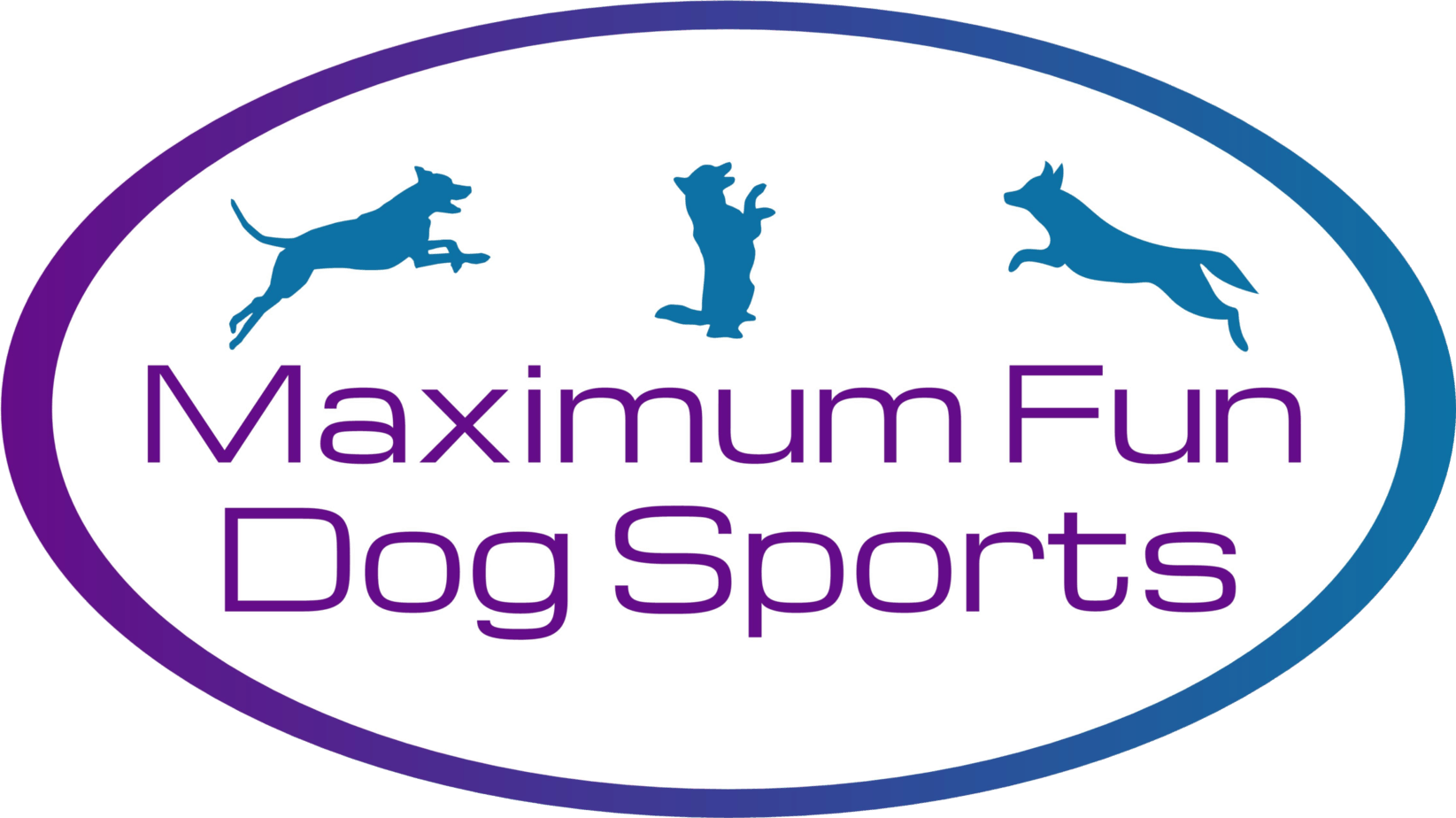
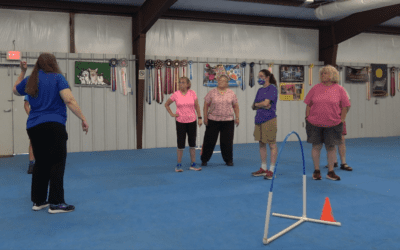
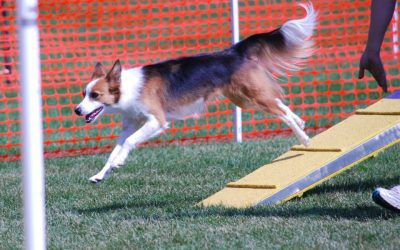
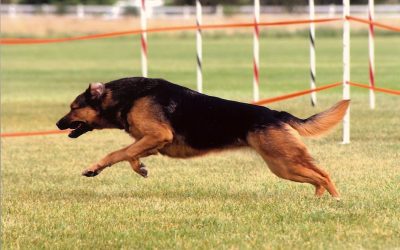
0 Comments